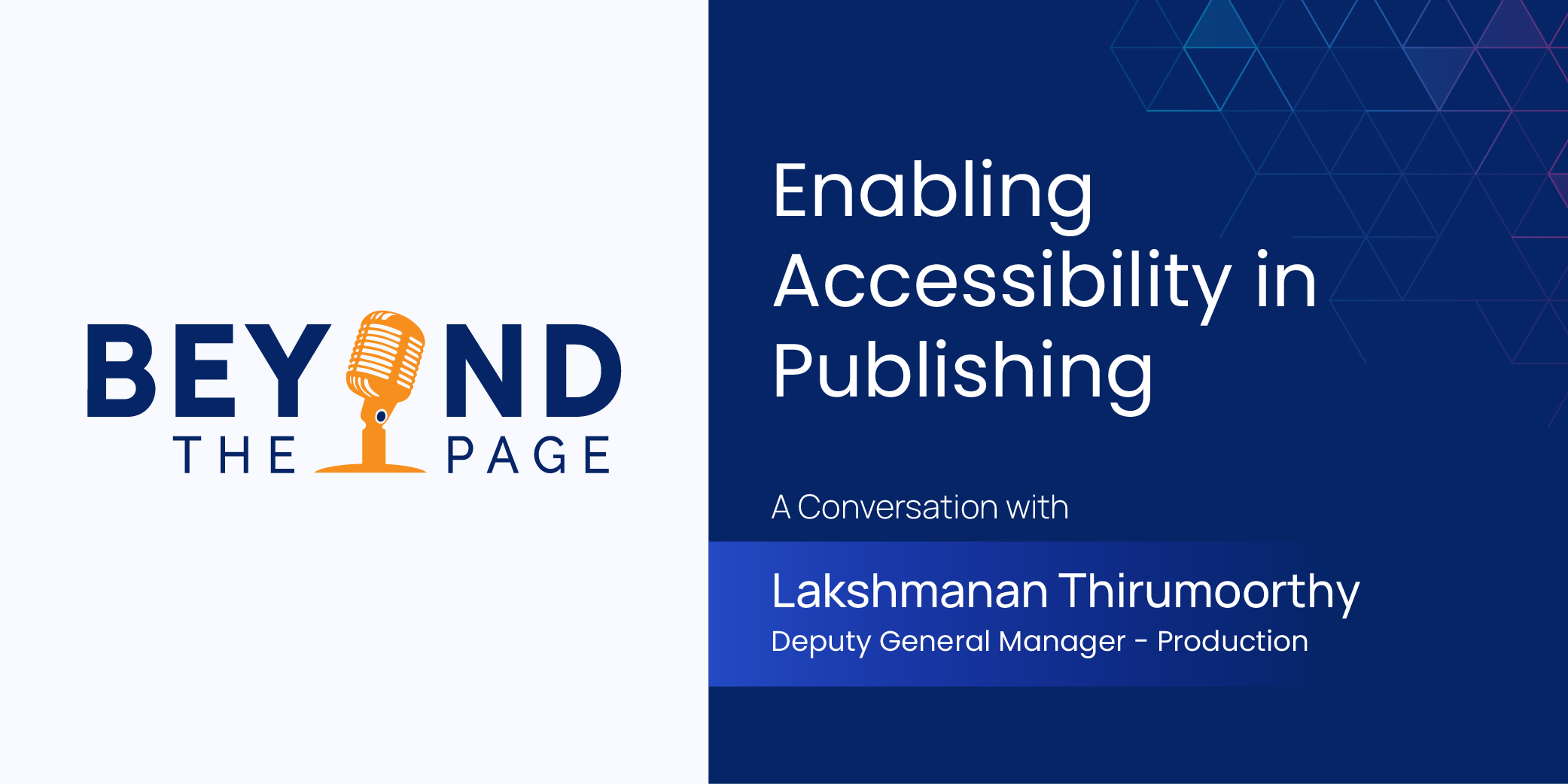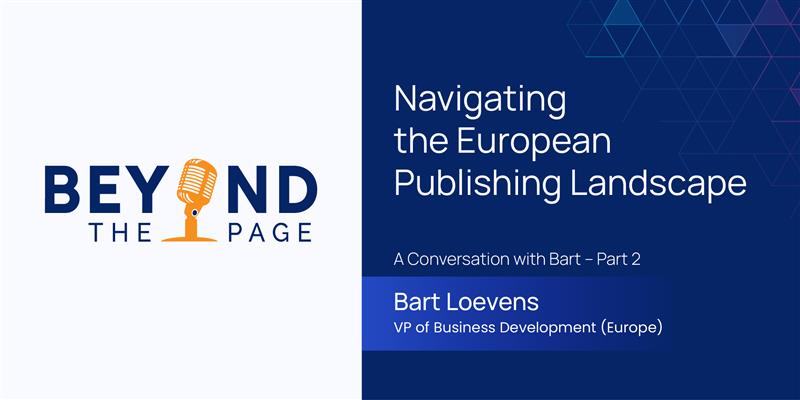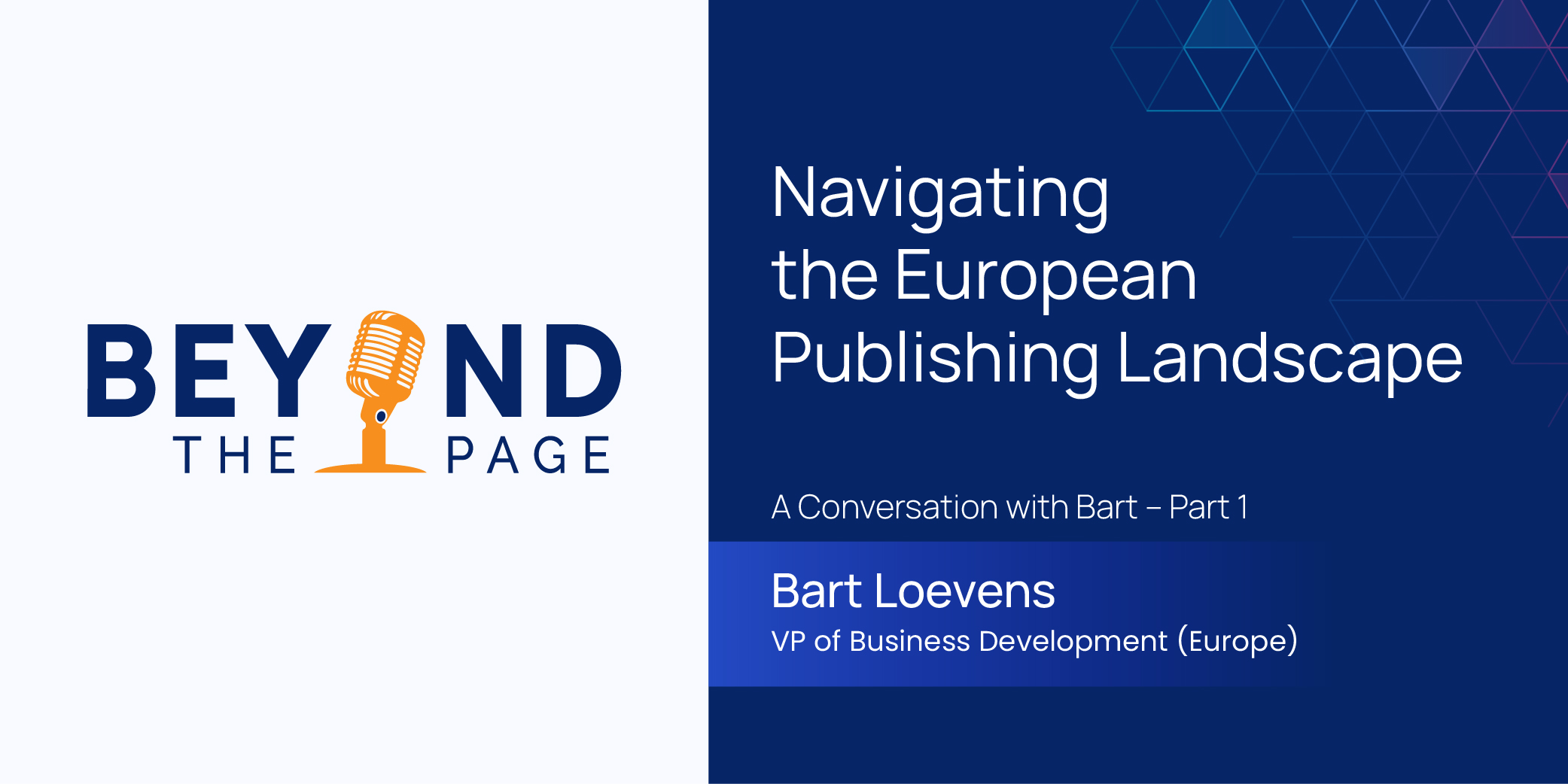Text-Based AI’s Role in Enhancing Critical Thinking and Creativity in Education

Critical Thinking and AI in Education
In an era marked by rapid technological advancements and complex global challenges, the ability to think critically and solve problems creatively has never been more crucial for students. These skills are foundational not only for academic success but also for thriving in the uncertain future that lies ahead. Enter text-based generative AI, a transformative technology poised to revolutionize the way critical thinking and problem-solving are taught in schools. This article explores the potential of text-based generative AI tools, such as ChatGPT, to enhance these vital skills among students, offering educators innovative strategies to prepare their learners for the complexities of the modern world.
Cultivating Essential Skills for Lifelong Success
Critical thinking and problem-solving are cornerstone skills that enable students to navigate academic challenges, make informed decisions, and approach complex issues with analytical rigor and creative solutions. These competencies are essential for:
- Developing a questioning mindset that challenges assumptions and explores alternative solutions.
- Enhancing the ability to analyze information critically, evaluate evidence, and synthesize knowledge from various sources.
- Fostering resilience by equipping students with the skills to tackle obstacles and adapt to new situations.
Incorporating these skills into the curriculum prepares students for higher education, the workforce, and the demands of an ever-changing global landscape.
Introducing Text-based Generative AI in the Classroom
Leveraging Technology to Enhance Learning
Text-based generative AI, exemplified by tools like ChatGPT, offers a unique opportunity to support and extend educational practices. These AI systems can engage students in dialogue, answer questions, generate creative content, and simulate scenarios that require critical thinking and problem-solving. By integrating these tools, educators can:
- Create interactive and personalized learning experiences.
- Provide instant feedback and support to students as they navigate complex problems.
- Encourage exploration and inquiry, allowing students to learn by doing.
Benefits of Engaging Students with Text-based Generative AI
Transforming the Classroom Experience
The interaction with text-based generative AI can significantly enhance the learning process by:
- Encouraging Active Learning: Students learn to ask insightful questions and critically evaluate the information provided by AI, fostering a more engaged and active learning environment.
- Promoting Collaboration: AI-generated scenarios can serve as a basis for group projects and discussions, enhancing collaborative skills and peer learning.
- Enhancing Creativity and Innovation: By exposing students to a wide range of ideas and solutions generated by AI, educators can inspire creativity and encourage innovative thinking.
Practical Applications and Examples
Integrating AI Across the Curriculum
Text-based generative AI can be applied in various subjects to enhance learning outcomes, including:
- Language Arts: AI can help students improve writing skills, explore creative storytelling, and analyze literary texts.
- Science and Math: Simulating experiments or math problems that require analytical thinking and problem-solving.
- Social Studies: Facilitating discussions on historical events or current issues by providing diverse perspectives and information.
These examples illustrate the versatility of AI as a tool for enriching education and preparing students for the future.
Embracing the Future of Education
The integration of text-based generative AI into educational settings heralds a new era of learning, where critical thinking and problem-solving skills are at the forefront of curriculum design. By embracing these technologies, educators can provide their students with the tools they need to succeed in a rapidly evolving world. As we look to the future, the potential of AI to transform education offers a promising path to empowering the next generation with the skills, knowledge, and creativity to face whatever challenges come their way.
News & Insights

Enabling Accessibility in Scholarly Publishing – A Conversation with Lakshmanan Thirumoorthy

Navigating the European Publishing Landscape – A Conversation with Bart – Part 2

